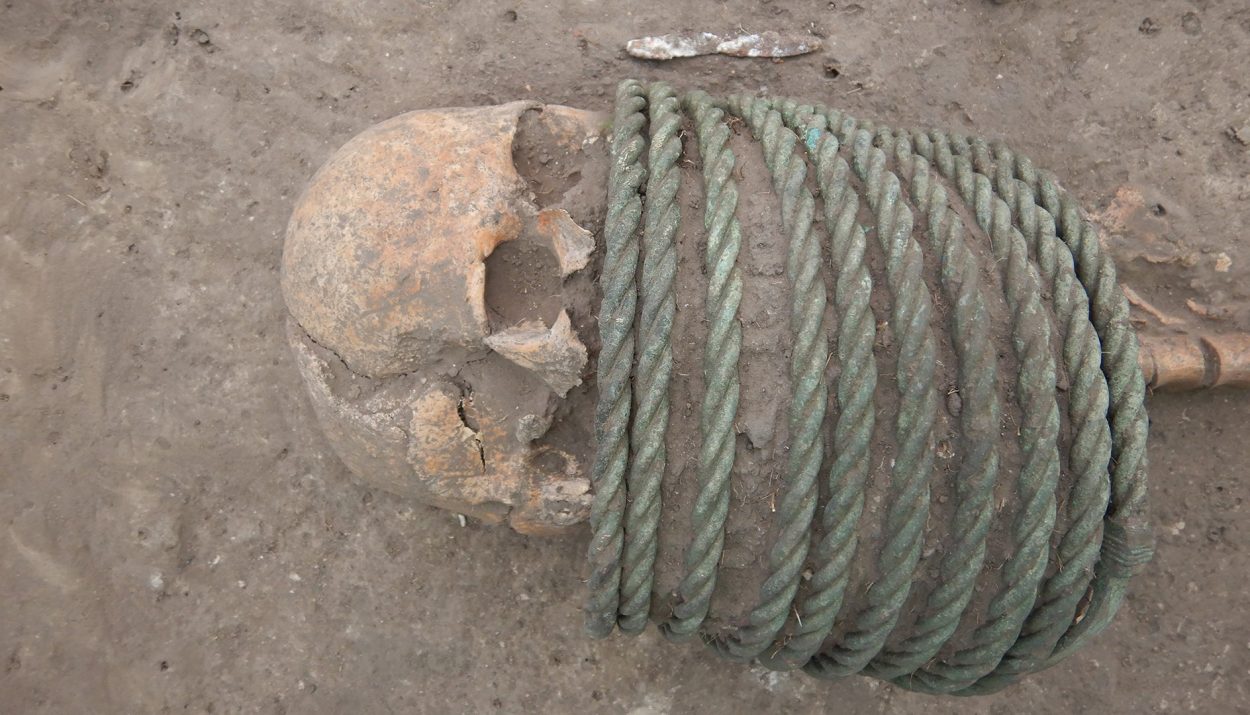When Russia invaded Ukraine on February 24, 2022, the fighting and bombing put a temporary halt on many day-to-day activities in the country, including excavation work by archaeologists. But even as Ukraine’s future is still unclear, archaeologists from the National Academy of Sciences of Ukraine are working to piece together the nation’s past.
One particularly interesting area of study is a 1,000-year-old cemetery where excavation work had revealed a bizarre discovery … skeletal remains that were buried with their feet in wooden buckets and others with metal rings around their neck.
Reporting Their Findings
Archaeologists Vsevolod Ivakin and Vyacheslav Baranov, representing the National Academy of Sciences of Ukraine, had been working at an archaeological site near the village of Ostriv since 2017. They made some impressive, yet baffling, discoveries at an 11th-century cemetery. And then war broke out.

With their field work temporarily on hold, the archaeologists have had time to write a scientific paper outlining their findings. This paper was presented at the Archaeological Institute of America’s annual meeting, which was held in Chicago in early January 2024. The archaeology world took notice of their unusual discovery.
The Village of Ostriv
The Ukrainian village of Ostriv dates to the 1400s, yet it remains a small and quaint place. Prior to the outbreak of war in 2022, only about 350 people made their home in Ostriv, a site in the eastern part of the country, roughly 50 miles south of Kyiv.
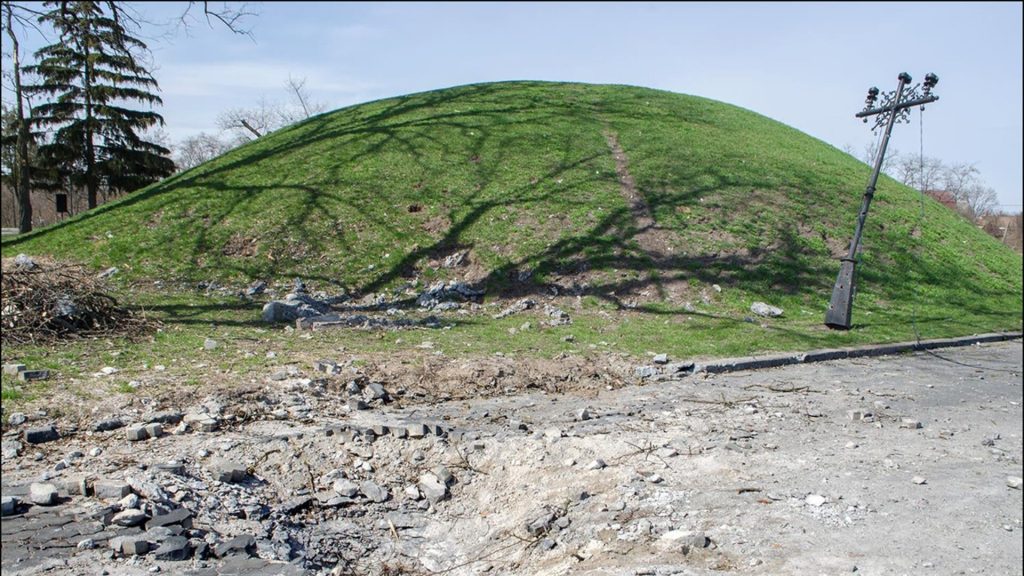
Ivakin and Baranov focused their field work on a village graveyard that was used during the 11th century, which was a time of tremendous changes in this part of Eastern Europe, as we will see. The discoveries they made at the site add a layer of mystery to the village’s history.
Not a Typical Medieval Cemetery
According to Ivakin and Baranov’s report, they unearthed 107 graves in the Ostriv cemetery. Not surprisingly, most of the bodies had been buried in wooden coffins. What surprised the archaeologists were the strange artifacts found with the bodies.
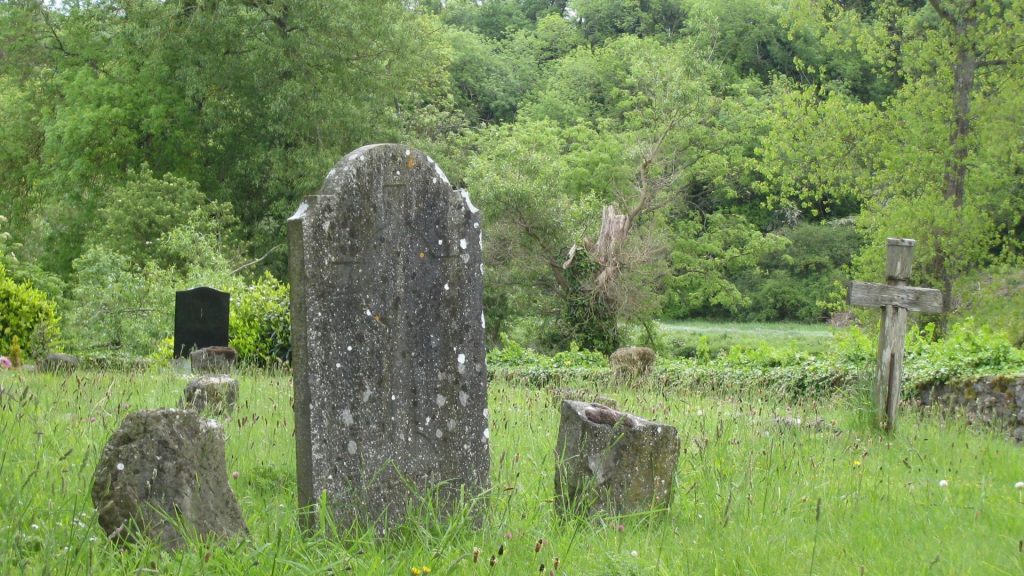
As Ivakin and Baranov explained, some of the skeletons belonging to women were buried with unusual and elaborate neck rings. Because the neck rings were found only on some of the females, the archaeologists speculate that the neck rings were status symbols marking women of elite standing.
More Peculiar Findings
The odd neck rings were not the only strange discovery Ivakin and Baranov made. They also noted that some of the deceased were buried with their feet in wooden buckets. Baranov was able to determine that a few other gravesites near Ostriv had people buried with buckets on their feet.
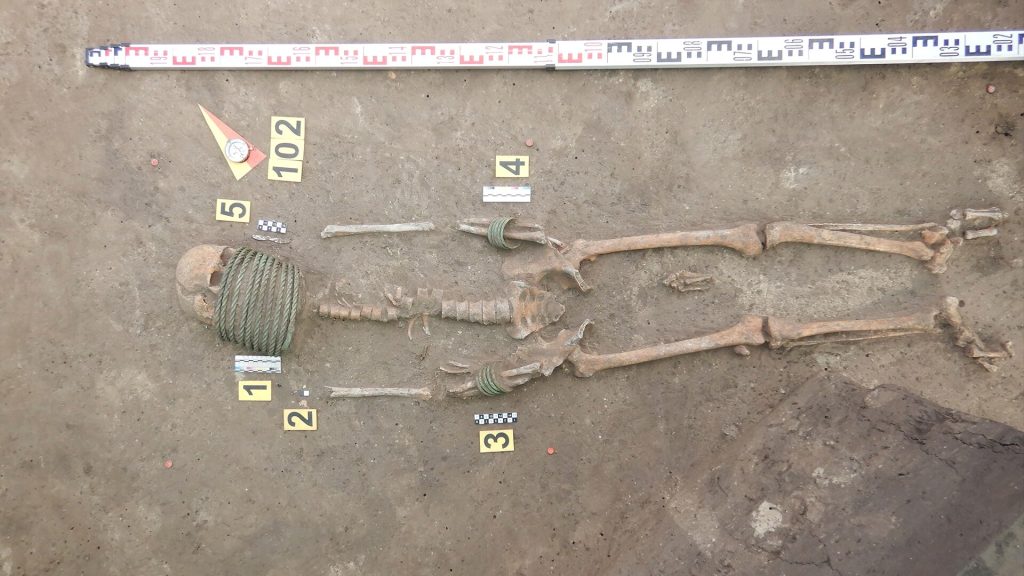
The reason for this is unknown, though the archaeologists suspect it was part of a local funerary practice.This find caused Ivakin and Baranov to delve deeper into the area’s history and to compare burial rituals with those of other cultures in the region. In doing so, they discovered more anomalies.
Unlike Contemporary Kyivan Rus Graves
Ivakin and Baranov observed that the skeletal remains in the cemetery in Ostriv were intentionally oriented to face south and west. The burial practices of the Kyivan Rus at this time were different. Those graves were oriented in a northwest direction.

They also noted that the graves of men often included metal artifacts such as axes and swords. Evidence of food offerings, not uncommon in ancient funeral rituals, was also discovered.
Unlike Contemporary Baltic Graves
Next, Ivakin and Baranov took a look at the burial practices of the tribes of the Western Baltic to see what similarities and differences they could find. In Western Baltic graves, they found similar orientations. These tribes also buried warriors with weapons like spears and swords.
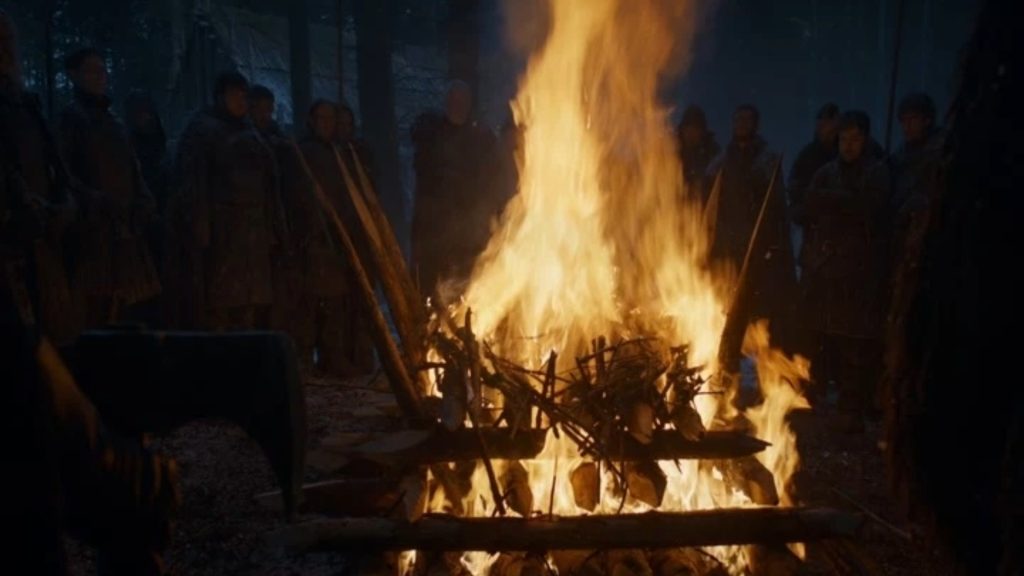
There was, however, a noticeable discrepancy. The Baltic people of that time period cremated their dead. The graves and the skeletal remains found in Ostriv did not exhibit signs of cremation.
Altars and Offerings
As Ivakin and Baranov noted, there were eggs shells and chicken bones found at the Ostriv cemetery. In addition, they discovered beads, bracelets, and other decorative items. Most likely, these objects were offerings left at the graves of loved ones.
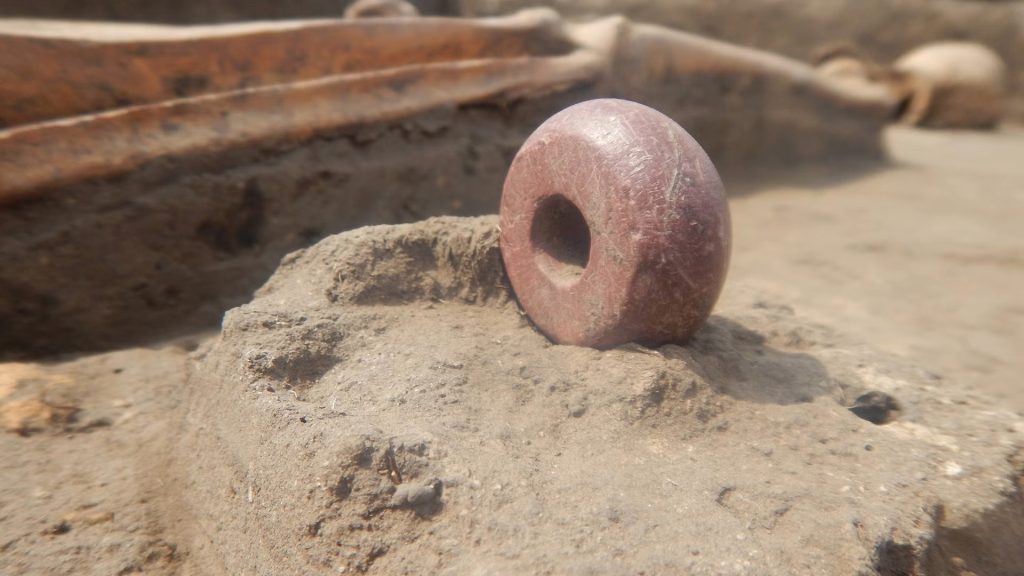
The archaeologists also discovered a stone altar. While this is evidence of worship, it is not clear if the altar was connected to pagan rituals or Christian worship. As we will see next, people in the 11th century were experiencing a religious transition.
The Kyivan Rus
Kyivan Rus was not a country or a kingdom. It was more like a medieval state. Its roots can be traced to Varangians, a Scandinavian warrior in the late 9th century and was primarily centered around the city of Kyiv. But it was under Volodymyr the Great in the 10th century that it became a unified state with an expanded territory.
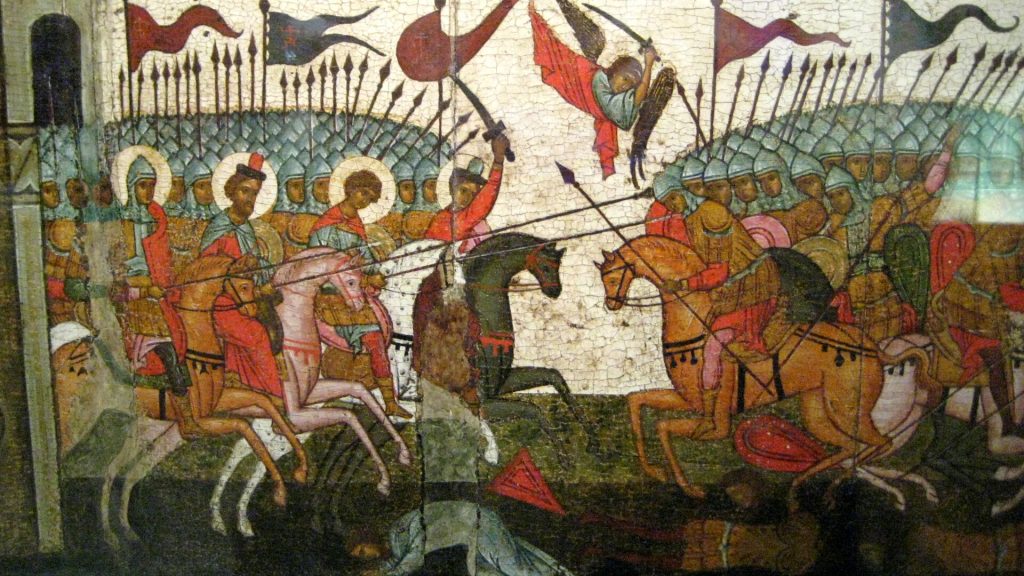
At its peak, Kyivan Rus’s territory included land in what is now Russia, Belarus, and Ukraine. In the 10th and 11th centuries, Kyivan Rus was an important state which influenced the history of Eastern Europe. When Kyivan Rus broke apart, the various principalities formed the foundations for Ukraine, Belarus, and Russia to develop as individual countries.
The Introduction of Christianity
In the 11th century, Christianity was introduced to Ukraine from two sides. Eastern Orthodox monks from Novgorod founded the Monastery of Valamo in 1100 to bring the Christian faith to the people of the region. From the other side, Roman Catholicism was spreading into the area.
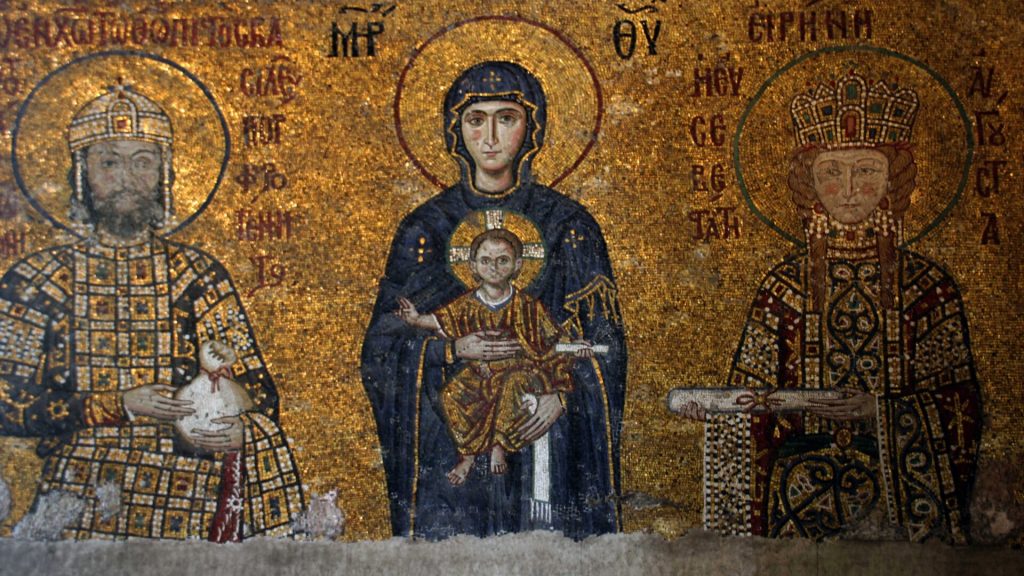
Two significant figures in Eastern European history, Volodymyr the Great and his son, Yaroslav the Wise, implemented changes that, according to Ivakin and Baranov, may have impacted funerary practices at the time when the people were buried at the Ostriv cemetery.
Who Was Volodymyr the Great?
Volodymyr I or Saint Vladimir was commonly known as Volodymyr the Great. He was born sometime around 958 and began his rule of Kyivan Rus in 980. His biggest claim to fame is that he played a pivotal role in creating the state of Kyivan Rus.
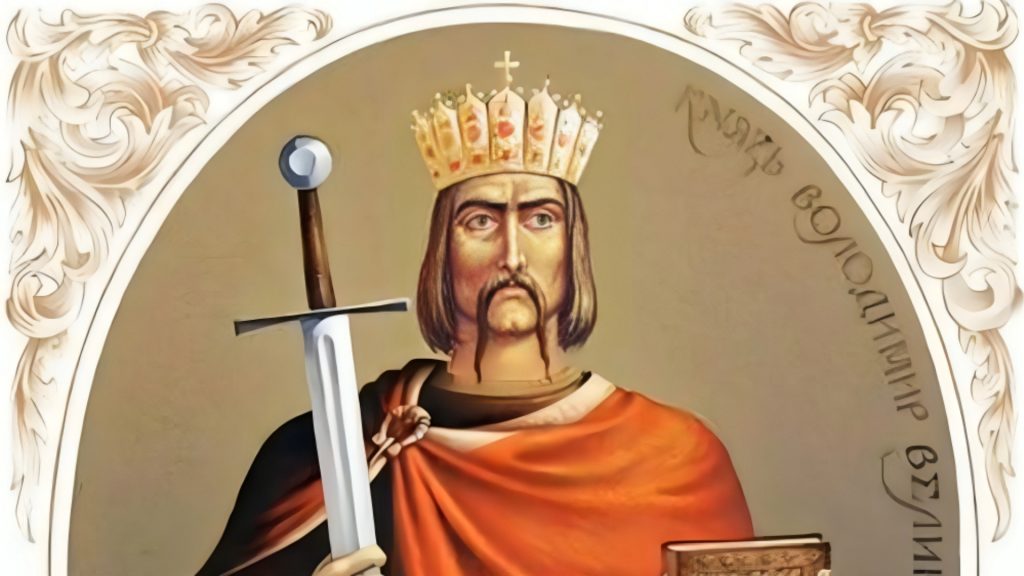
With the Kyivan Rus state established, Volodymyr the Great put in place a new set of legal reforms. He also took steps to strengthen the region’s economy by expanding trade. He also emphasized art and culture among his people. But it was his religious belief that would have the greatest impact on his people.
Volodymyr the Great Brought Christianity to the Kyivan Rus
Volodymyr the Great adopted Christianity as his personal faith after interactions with leaders of the Byzantine Empire. He was baptized in 987, just before he married Anna, the sister of Emperor Basil II of the Byzantine Empire. In 988, he made Christianity the official state religion of his people. Naturally, this transition to a new belief system was met with some resistance. Volodymyr handled these complaints two ways.
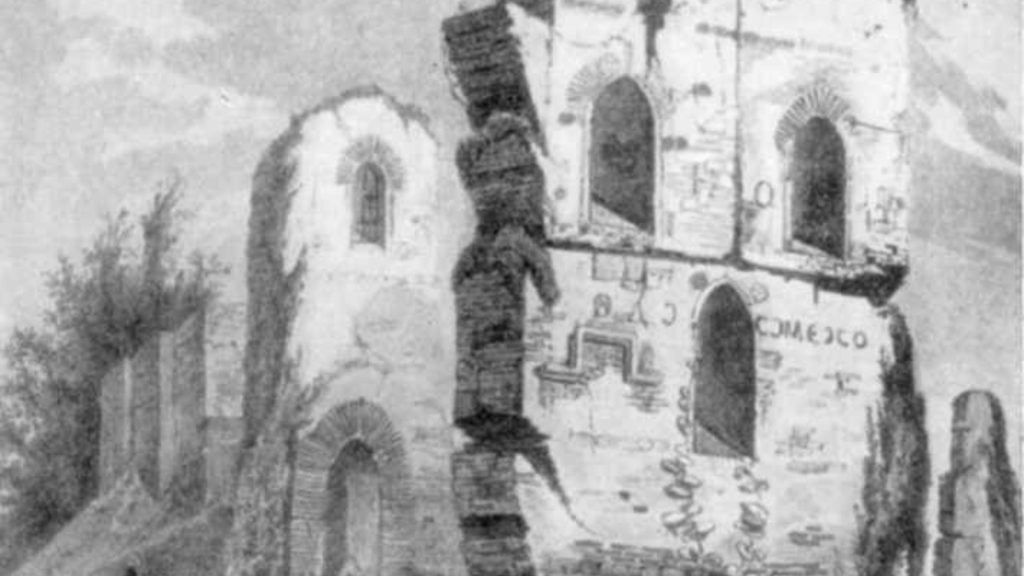
First, Volodymyr the Great instituted laws restricting pagan practices. Next, he commissioned the construction of a massive stone church, the Cathedral of the Tithes, which was completed in 989. Lastly, he devoted his life to espousing Christian teachings through acts of charity. He gave food to the less fortunate, built homes and churches, and practiced peace.
Who Was Yaroslav the Wise?
Born in 978, Yaroslav the Wise was the son of Volodymyr the Great and his successor. He ruled the Kyivan Rus from 1019 to 1054. Like his father before him, Yaroslav worked to strengthen the Kyivan Rus state and to expand its territory.
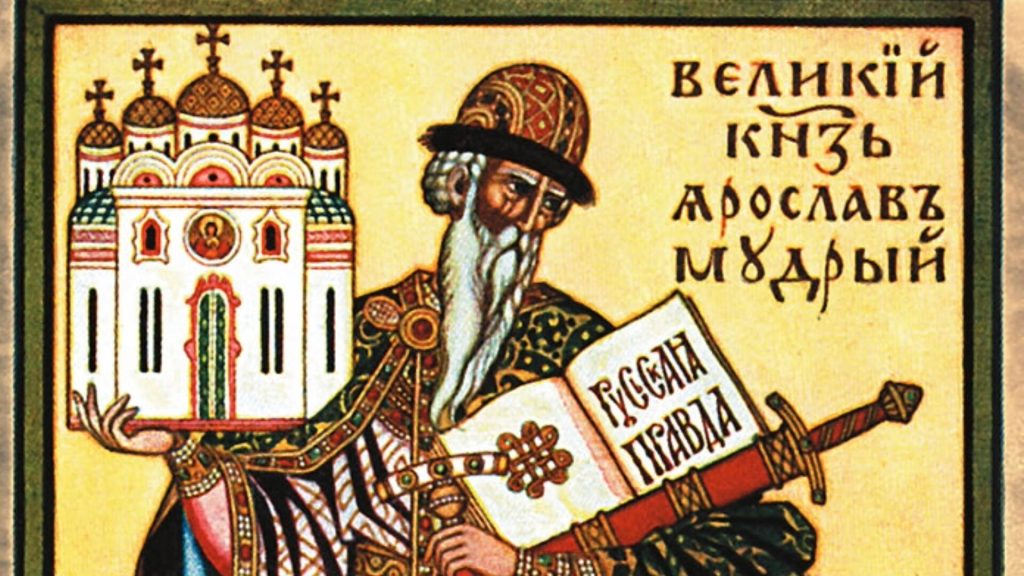
Among Yaroslav’s more notable achievements was his work to establish a legal framework for his country. His “Russkaya Pravda,” or “Rus Justice”, was put in place to make ruling his people easier, to set up reasonable laws, and to make sure the law was fair and just.
Expanding on his Father’s Religious Convictions
A Christian like his father, Yaroslav the Wise supported the construction of grand churches in his country. One of those was the Saint Sophia Cathedral in Kyiv. This beautiful structure remains a popular landmark in the city. It is also the first Ukrainian site added to the World Heritage List.
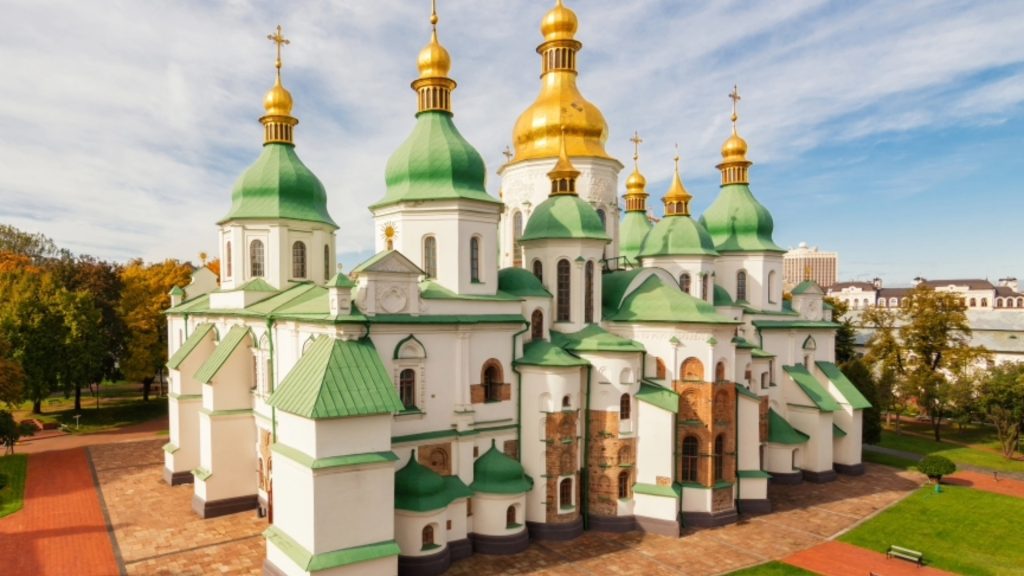
The reign of Yaroslav the Wise coincides with the “golden age” of Kyivan Rus. The nation enjoys prosperity and peace. Under Yaroslav, the Kyivan Rus strengthened diplomatic ties … aided by Yaroslav’s skill at arranging key marriages with some of Europe’s royal families.
The Ostriv Graves Show a Society in Transition
Ivakin and Baranov suggest that the burial rituals they uncovered at the 1,000-year-old cemetery in Ostriv show elements of Baltic, pagan, Christian, and Kyivan Rus societies. The items that are similar to ones found in the Baltic seem to suggest that some of the deceased may have come from that region.

The timing of the site supports the idea that people from the Baltic were relocated to Ostriv to serve in the armies of Volodymyr the Great who had expanded his holding into the Baltic. The graves also hint at pagan practices mingling with Christian burial rituals.
More Work to Be Done
Answers to the puzzling questions raised by Ivakin and Baranov’s findings can only be answered by continued excavations at the Ostriv cemetery. For now, however, the archaeologists are forced to sit on the sidelines and wait until they can resume their work.
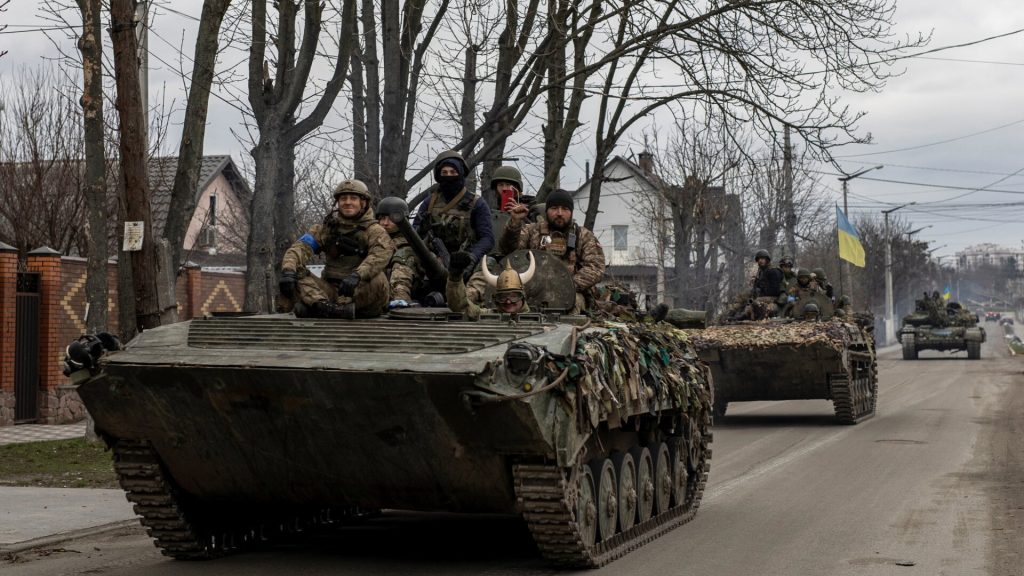
Unfortunately, the war in the Ukraine still wages on and there is no end in sight. Ivakin and Baranov can only wait and hope that the fighting will end, and the people of the Ukraine can once again live as Volodymyr the Great advocated … in peace.

